Entire Plant room drying up
fieldofflowers
9 years ago
Related Stories
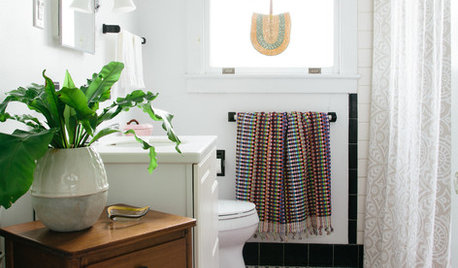
CONTAINER GARDENSFreshen Up the Bath With Lush and Healthy Plants
Learn how to choose and care for plants that will do well in your space
Full Story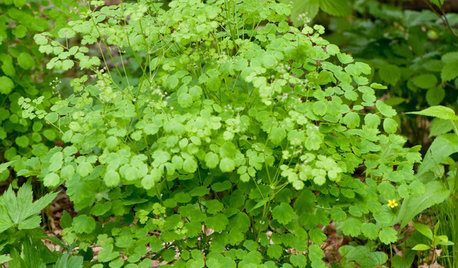
GARDENING GUIDESGreat Design Plant: Thalictrum Dioicum Thrives in Dry Shade
Plant early meadow-rue in eastern U.S. woodland gardens for its tolerance of dry sites and shade
Full Story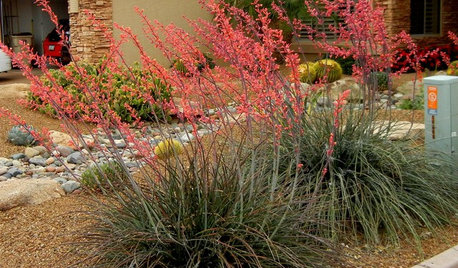
GARDENING FOR BUTTERFLIESGreat Design Plant: Red Yucca Spikes Dry Spots With Color
Neither heat nor cold nor lack of water fazes this flowering succulent, which adds spiky texture to Southwestern landscapes
Full Story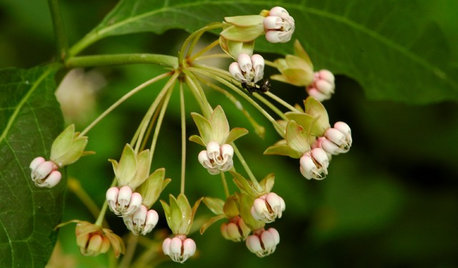
GARDENING GUIDES5 Unsung Wildflowers That Thrive in Dry Shade
Turn shady problem spots into garden idylls with with these prolific, easy-care bloomers
Full Story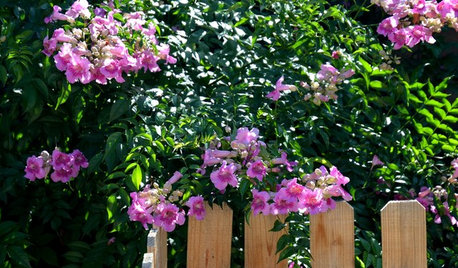
PINK FLOWERSGreat Design Plant: Pink Trumpet Vine Heralds Vibrant Color
Announce your landscape beautification efforts with this flowering vine that perks up hot, dry gardens
Full Story
GARDENING GUIDESGreat Design Plant: Kumquats for a Juiced-Up Winter
Grow it for the edible fruit or its good looks alone. This citrus cousin will brighten any gray winter day
Full Story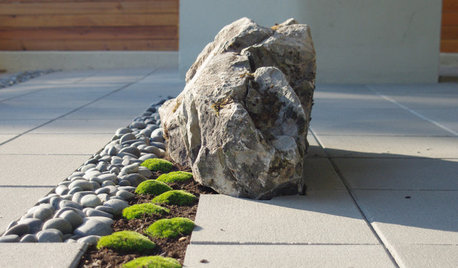
LANDSCAPE DESIGNDare to Mix Things Up in the Landscape
Courageously contrast plantings, materials and structures in your garden to create unexpected beauty and intrigue
Full Story
GARDENING GUIDESYes, You Can Grow an Edible Garden on a Hot, Dry Site
Difficult garden spots don’t need to deter you from planting trees, herbs and other delicious food plants
Full Story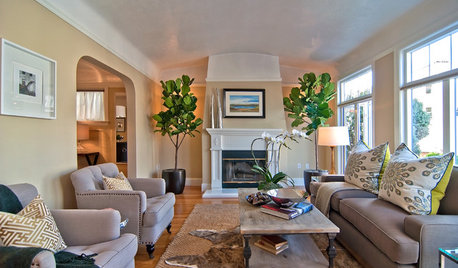
HOUSEPLANTSSee How Fiddleleaf Fig Trees Can Liven Up Your Decor
The tropical houseplant with big green leaves adds a cheerful and striking design element to rooms
Full Story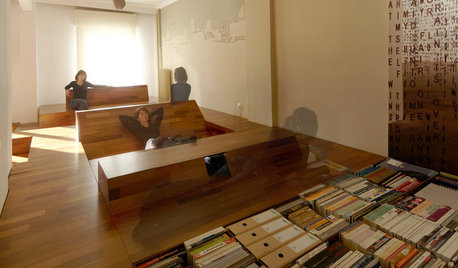
FURNITUREHouzz Tour: An Ingenious Entire-Apartment 'Hack' in Greece
They couldn't remodel, so these renters went wild with creative 'built-ins' that are completely portable
Full Story





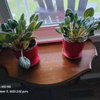
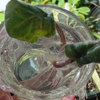
cork_oh
Whitelacey
Related Professionals
Edmond Landscape Architects & Landscape Designers · Saint Charles Landscape Architects & Landscape Designers · Brentwood Landscape Contractors · Matthews Landscape Contractors · Battle Ground Landscape Contractors · Bedford Landscape Contractors · Cupertino Landscape Contractors · Damascus Landscape Contractors · Huntley Landscape Contractors · Paso Robles Landscape Contractors · Ringwood Landscape Contractors · San Carlos Park Landscape Contractors · Vineyard Landscape Contractors · Waterford Landscape Contractors · Woodburn Landscape ContractorsfieldofflowersOriginal Author
quimoi
fieldofflowersOriginal Author
snappyguy
quimoi
fieldofflowersOriginal Author
Mary246
lucky123
Whitelacey
Zukoll
Karin
lucky123